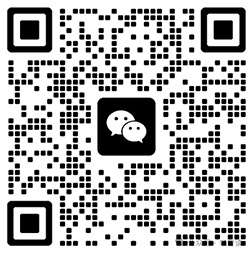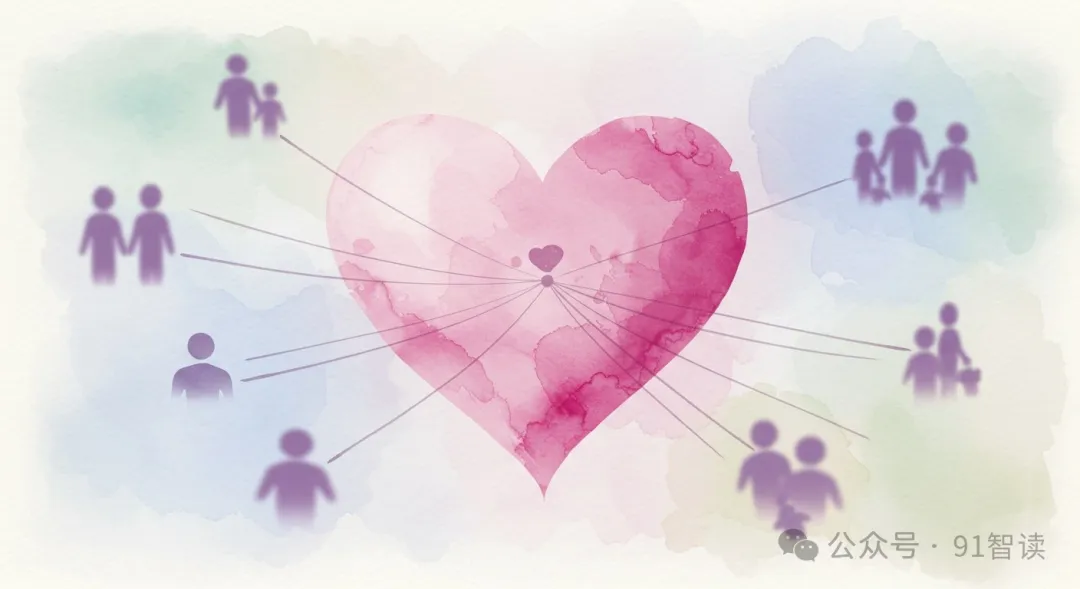Emotional Recognition: The First Step to Control Emotions

The teacher stood at the podium, holding a bottle of water in his left hand and a bottle of cola in his right. He began to shake the cola slowly, then faster and faster. The students in the audience couldn’t help but gasp, with some eagerly shouting: “Stop shaking it, it’s going to explode!” The teacher stopped, placed the cola on the table, and then began shaking the water bottle with even greater force. The audience fell silent. Finally, perhaps from arm fatigue, the teacher also placed the water bottle on the table.
This scene wasn’t at a school but rather a corporate training session, where the “students” were company employees.
“If we view the cola and water bottles as two different people, the cola represents someone trying to control emotions, while the water bottle represents someone with emotional recognition abilities.”
This was the first time I heard the term “emotional recognition.”
We can all predict that the “cola person” who controls emotions will eventually explode, damaging their surroundings. Meanwhile, the “water bottle person” remains stable, undamaged, and even brings positive effects to the surrounding environment.
Through this vivid example, the teacher sparked curiosity among colleagues—so much so that years later, I still remember this scene. Today, I’ll also use this example to introduce the process of handling emotions.
Perceive -> Identify -> Think -> Act

Perceive
When emotions arise, we’re certainly the first to feel them—this is perception.
Identify
Next, we need to define this emotion, determining whether it’s anger, frustration, shame, or something else—this is identification.
Think
After identifying the type of emotion, we need to think about how it was triggered. Was it because someone didn’t understand me? Did someone wrongly accuse me? What did I see or hear?
Act
Finally comes action. When emotions arise, we often want to do many things. At this point, instead of thinking about what we can do, we should consider what we shouldn’t do. This helps activate our rational thinking, allowing us to make a comprehensive assessment of the current situation before taking relatively better actions—or choosing not to act at all. In most cases, immediate actions taken during emotional states are irrational.
Of course, speaking is also an action. When we’re emotional, we can choose not to speak, or after emotional recognition, listen to or observe those around us.
This is the four-step method for emotional recognition. Taking the first letter of each step in English forms the acronym PITA (/ˈpiːtə/), like the pita bread (a semicircular flatbread similar to a stuffed bun), making it easier to remember.
Practice Diligently
You might say, “When emotions arise, can we still identify and think? That’s not an emotion anymore. How many people can actually do this? The theory sounds good but is difficult to implement.”
Actually, that’s not the case. We can use a “micro-habit” approach to break down the “PITA method” for gradual practice. For example, with “Perception,” when you feel emotions arising, mentally recite the capitals of 10 countries. By the time you reach the fifth one, you may have already calmed down. Then “Identify” what emotion it is, and “Think” about what triggered it. Follow this process several times, and it will certainly become more natural.
Emotional recognition is the crucial first step in controlling our emotions and enhancing our emotional intelligence. Through the “PITA method,” we can not only better understand our inner selves but also remain calm amid emotional floods and make more rational decisions.
In my years of leading teams, whether during high-pressure projects or emergency incidents in production environments, I often felt emotionally tense. However, after learning emotional recognition, I could pause and think at critical moments, avoiding many impulsive decisions. This method has been effective for me, and I believe it can help you too.

Starting today, try going through the “PITA method” when your emotions fluctuate. You’ll find that as you practice more deeply, your control over emotions becomes stronger. If you want to go further, you might read the book “Emotional Intelligence” or try meditation practices, which are also quite effective.
👇Scan the QR code with WeChat to follow “91WiseRead” for daily updates and growth together.

👇Welcome to add me as a WeChat friend to discuss growth stories together.



